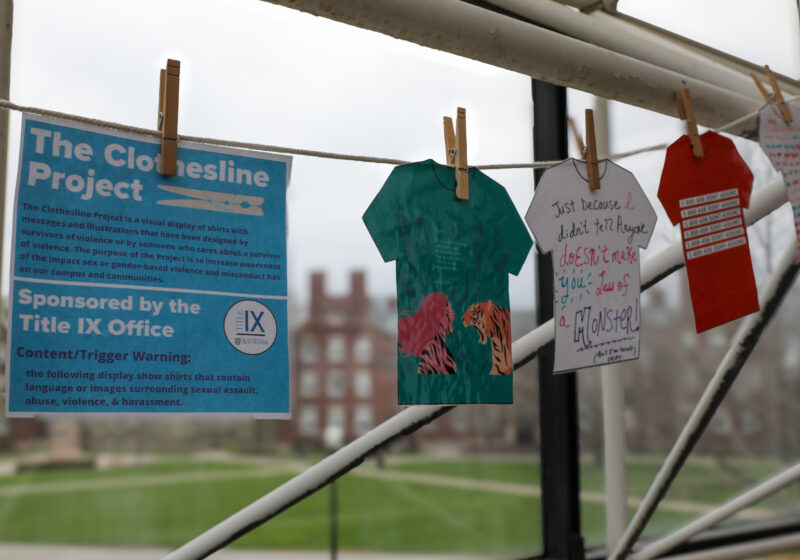A new ResNet system developed to ensure the security and integrity of the university’s network overloaded during freshman move-in, making it exceedingly difficult for students to connect to the Internet.
“Last year UR, along with all other higher education institutions got whacked with viruses,” Director of Residential Life Logan Hazen said. “Universities paid hundreds of thousands of dollars just to get their systems running again.”
In order to avoid these costs, the ResNet association, which is comprised of many higher education institutions including UR, discussed how to better protect systems this year. Over the summer a computer process was designed to clean and patch computers before granting them network access.
“Whenever someone tried to connect to the network for the first time, he or she was redirected to a quarantine area,” Hazen said. “Within that area the program determined whether or not the user’s computer was infected with viruses or if it needed patches.”
One of the scans conducted during the registration process attempted to exploit any vulnerabilities. If the user’s computer was clean, registration could take as little as seven minutes – however, if fixes and updates were necessary, it would take longer.
“On day one we got whacked – it was not good,” Hazen said. “Students’ machines were very infected [with viruses] so viruses were attacking our scanners, generating thousands of queries each second. This slowed the system down to an unacceptable speed.”
ResNet had not anticipated the counterattacks that the registration system itself would be subjected to. Additionally, they were not able to simulate the kind of demand load that was put on the system on the first day.
“When I set up my computer in the room, I clicked on Internet Explorer and it said that I had to register for ResNet,” freshman Rachel Handfinger said. “The process took a long time, but I registered – or at least I thought that was what I did.”
“Later, when I tried to use the Internet, I had to re-register,” Handfinger said. “I had so much trouble getting my Internet to work that I had to register late for classes. In total, it took four attempts until I got my Internet to consistently work. Now I refuse to unplug my laptop to take it anywhere for fear it might malfunction on me again.”
Once students were able to login, most students experienced long waits when registering.
“When I first plugged in and booted up my computer, it took 15 minutes before the registration program even loaded,” freshman David Feder said. “It was frustrating not having clear directions. Registration was very slow and took a long time.”
This is not the first time such traffic has bogged down university systems. Similar system failures are frequently reported when students register online for courses.
Approximately one dozen ResNet workers were available on the first day to go to students’ rooms to try to help. However, most of the time students just had to log out and wait a little while before attempting to register again.
Despite the difficulties encountered on the first day the process proved to be successful. “At this time last year we were fighting big fires with viruses,” Hazen said. “This year, the servers are the cleanest yet.”
ResNet worked to clean the registration code so that there would be fewer problems. Additionally, since demand was lighter following the first day, there were no other major registration problems.
ResNet intended to have all students register at the beginning of each semester. Following this fall’s experience they will discuss whether or not it is appropriate. “In past we’ve seen that students pick up a lot of things from home,” Hazen said. “We will have to decide whether we risk frustrating students or risk getting more viruses.”
In addition to developing the registration system over the summer, ResNet also doubled the capacity from 128 kilobits per second to 256 kbps for each Ethernet port.
Keesing can be reached at jkeesing@campustimes.org.


